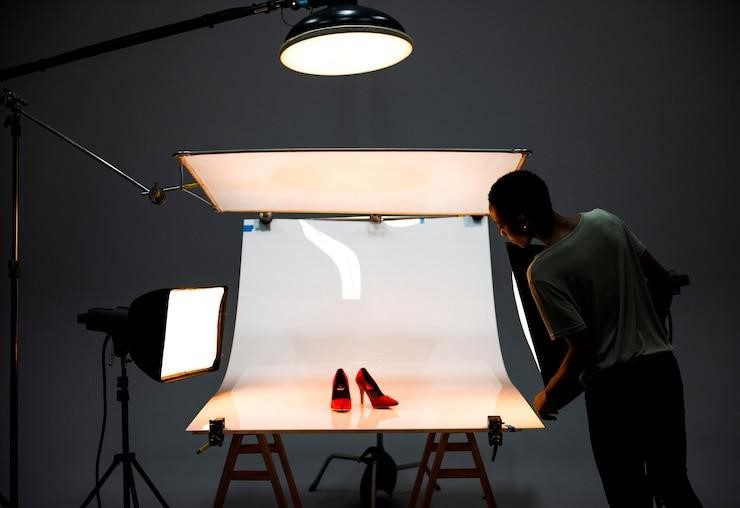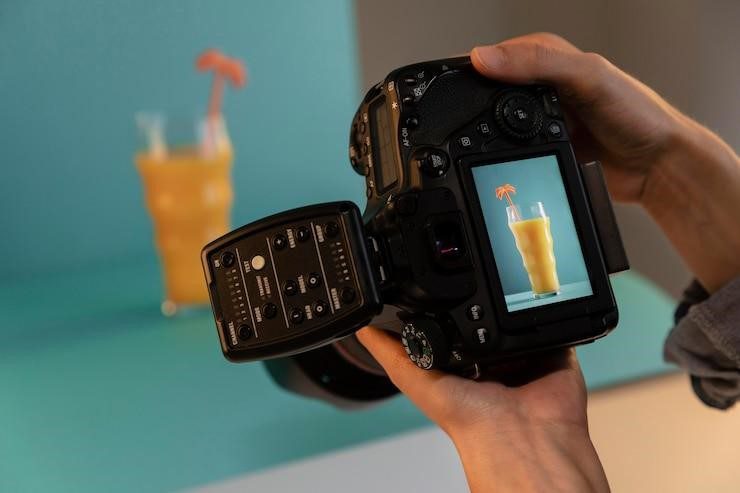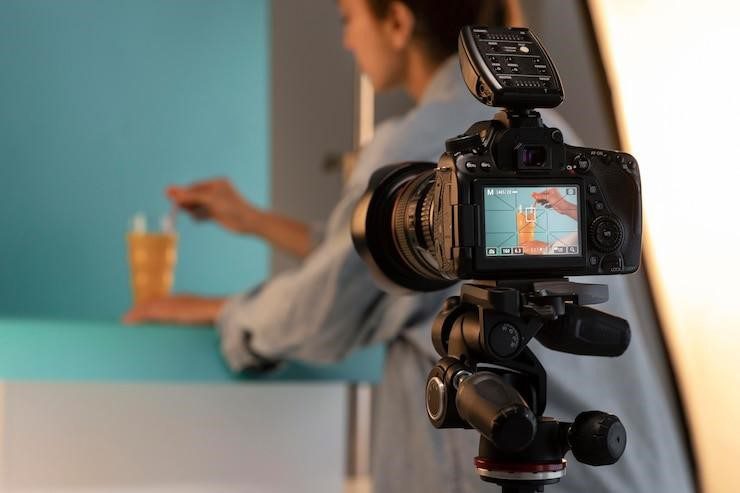What makes an E-commerce store appealing to its customers? It’s products! The domain is exclusive to keep enhancing this factor at its core. Today, E-commerce platforms are focusing on product photography with 3D rendering.
Suppose you own an E-commerce shop. Now the first thing that you must consider is the presentation of your products. It can vary according to their nature.
But it is an important factor that determines the overall sales of your business later.
You must be thinking, how do these businesses improve their sales with product photography? Well, this technique combines with 3D rendering. Both concepts have their own perks. Sometimes, it gets hard to decide which one to go for.
But in this article, it will be easier for you to decide on the right choice for your brand. Keep in mind that, this discussion predicates the sales point of view.
Let’s have a look at the definitions before diving in!
How do you define Primitive Product Photography?
You can also call it “Traditional Product Photography”. The technique has been the regular process to produce professional pictures for marketing purposes.
Some brands would use traditional product photography in their own way. For instance, some brands will prefer indoor photoshoots. While others find open-air locations suitable for this purpose.
During this process, a product is positioned or staged. Then, the technicians adjust the lights and camera angles. The best pictures are shortlisted to go for final editing.
Also read about Amazing Tips For Black Light Photography
What is the process of 3D Rendering?
3D Rendering does not work like the former skill. A 3D render will produce computer-generated images of the same product. Experts believe that 3D rendering alleviates the manual job-stress in this regard.
You can consult a 3D animation company like BuzzFlick for this. The professionals in this field have the ability to produce 3D rendered photographs of the products.
Another way to use technology to leverage E-commerce marketing is to use Artifical Intelligence. AI-produced photos are likely to be more convertible than manually captured product photos.
What is the difference between Product Photography and 3D Rendering?
These skills differ from each other according to several factors. But the main discriminator for them is the nature of E-commerce products.
Below are some of the other factors that can be helpful to discuss:
1. Concept: As a brand, you need to understand the concept of your product. What purpose does it contain? Also, how does it benefit your buyers? This factor would help you take a leap of faith in choosing the right path between either.
For instance, if your product is something that is an important part of life. Product photography will be the best choice. It will help you create a higher form of resonance with your audience.
2. Adaptation: Our next factor is customization or adaptation. This can be a good way to analyze both approaches. Customization can be a hectic procedure for E-commerce stores. But this is how you can dodge the problem:
If you are an E-commerce Ice cream Parlor, you would sell different flavors of ice cream. You need to produce 5 different pictures for 10 flavors of ice cream. If you go for product photography, it will consume a lot of time.
But 3D rendering will generate all 50 pictures with minimum effort and hustle. It is also reliable for saving your money for marketing.
3. Visual Effects: Visual effects play a huge role in marketing. You need to consider what is a befitting match for your product. Since these two approaches have contrasting functioning. It is important to keep the natural combination of visual effects alive.
Product photography does not allow you to edit the final drafts. Plus you have to manually capture good-angle pictures of each product. But it is a reliable route for solo product images.
3D rendering will enhance the AR and VR environments. It will keep the audience hooked as well. Plus, you can use this approach for bulk creation of product photography.
4. Budget: Product photography requires a high-end production setup. Premium cameras, lights, and stage need a huge investment. For this reason, business experts do not consider product photography a budget-friendly approach at all.
But 3D rendering is more on the reasonable end. You only have to pay the artist. It expedites the entire procedure. A single rendering software can help you with first-rate photographs in no time.
5. Adjustment: Both are flexible routes. When it comes to adjustments, these are off the restrictions. Product photography allows retouching of the final drafts. So that the audience can witness a quality product.
You can consider 3D rendering in this case as well. The purpose is to rectify the final results by polishing them where needed.
6. Precaution: 3D rendering is more on the safer side if the product caters to jeopardy. It means if your product saves the user’s fingers while cutting fruit or vegetables, the 3D rendering can perform this job with safety.
Similar to this case, cameras are not a good option to demonstrate a fatal situation that involves human representation. So that you still can do the needful by executing 3D rendering with no loss.
7. Innovation: Product photography is not innovative. You concentrate more on the production set-up. Perfection hampers your creativity on all counts. It is also restricted to the traditional route of marketing as well.
Since 3D rendering is an emerging form, it has no creativity deficit. You can produce tons of creative photos without any physical and financial barriers.
The approach includes engaging colors, stage locations, and light adjustments that serve the purpose of product photography impressively.
8. Persistence: Your brand needs to be persistent. You cannot change its identity at different intervals. Product photography involves the margin of human error to a large extent. It can alter the quality and streamline the consistence of products.
3D rendering is not near to human error. It produces bulk photographs with single light and color adjustments. It can prove to be a great medium to sustain the brand’s consistency.
9. Time Consumption: 3D rendering software is powerful to produce versatile product photographs. These do not alter the fixed adjustments. So that you can go for more production in less time.
Product photography is not for you if you have time constraints. You need a professional for it but they might not be able to accelerate the process. Due to this fact, seasoned marketers rely on the 3D rendering approach for production on a large scale.
Closing Remarks
For every E-commerce brand, its products are a huge asset. The presentation of your products during marketing plays a huge role in the brand’s success. You must keep in mind that the product manifestation must relate to the audience.
You relate your product with the audience in two ways. This cohesive comprehension will help you with that. You can either choose product photography or 3D rendering to bring out more engaging looks of the products.
But to choose the right path to pursue, you need to analyze. This article gives you 9 important factors that will lead your way in this matter. Amazon is the pioneer E-commerce store that involves the 3D rendering of the products in most cases.
In case, a spontaneous query hits your brains, check out BuzzFlick, a video animated company for quality production of 3D animated videos and relevant services. They have a persuading portfolio of different services including 3D rendering.
Also read about xeen cine lens filter size





































